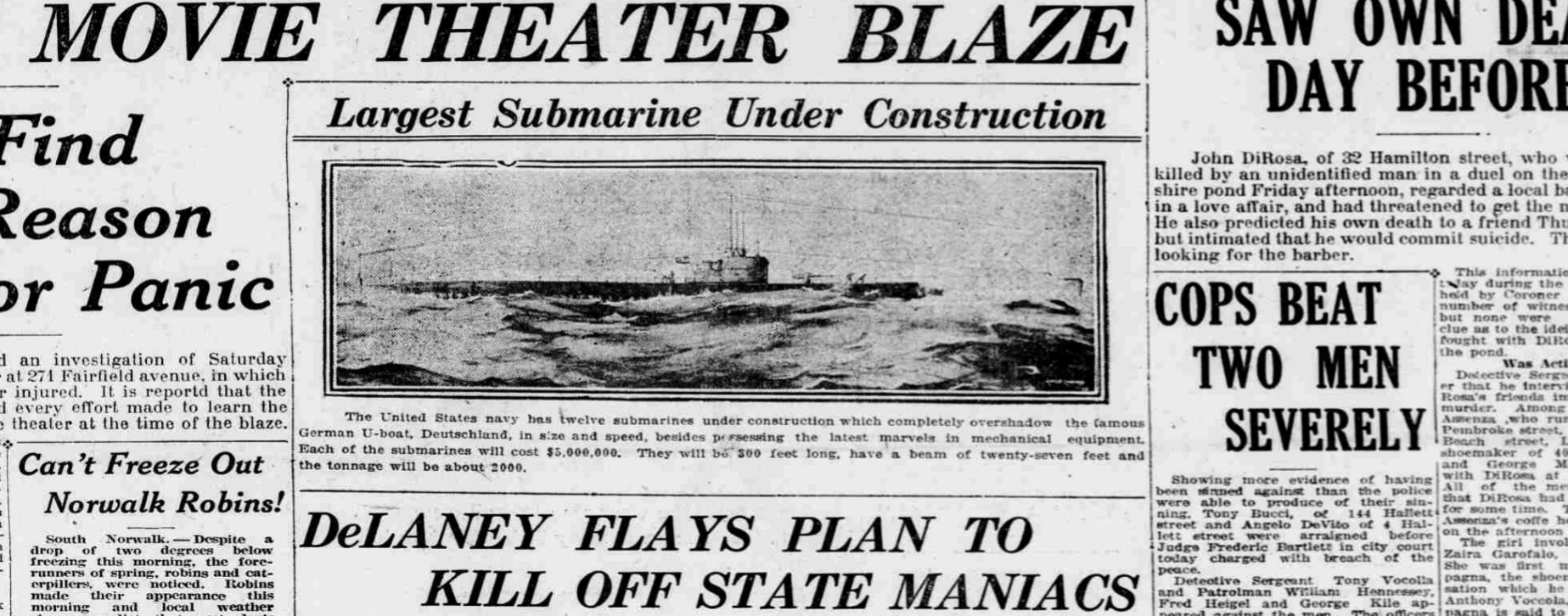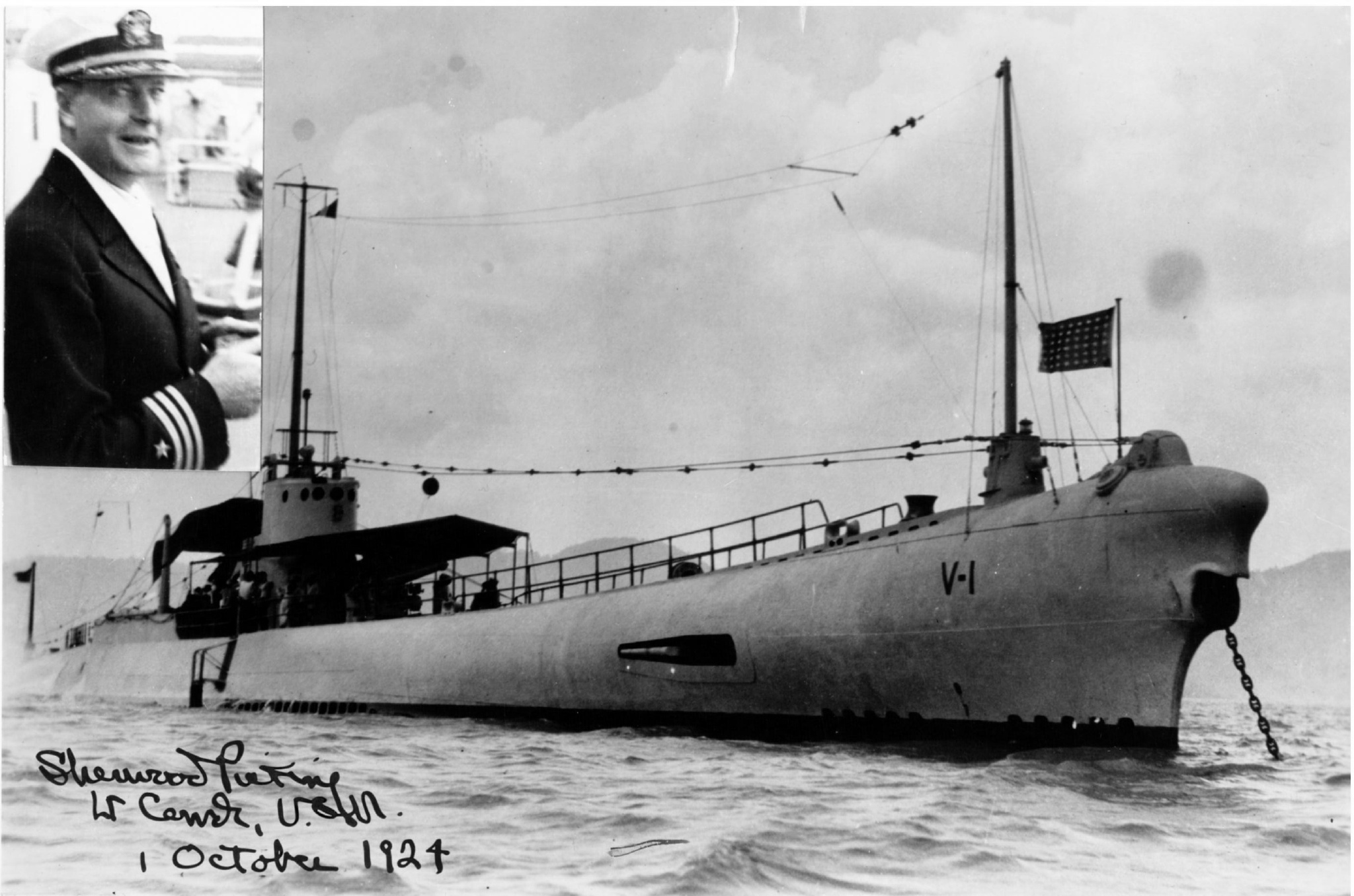Hi.
Sorry, it’s the weekend. Tautau’s off doing something fun, so I’ll be posting today’s update instead.
I’m Trout. You’ll meet me later in the book, but for now, just know that I’m another one of STEC’s subgirls. My duties are the same as any other subgirl on base, but I work mostly in intelligence these days. As such, I’m admittedly not much of a techie like Tautog is. I’m better with what we call human resources –

Breaks are a thing, Trout. Have you rested yet?
I had five and a half hours. It’s sufficient. Besides, I get antsy when nothing happens on the site for a day.
Okay, now you’re making me feel bad. Go get some sleep.
*yawn* Workaholic girl, that one.
Anyways.

I would like to say, however, that we’re creating more of these random expressions. It’s easy to use and it conveys mood a lot better than text.
But, come on. How many of you here are for cute shipgirls in bikinis –
…
Oh.
Well, uh. Okay, for the rest of you, today I’d like to keep on talking a bit about the earliest submarines. I think after you see the struggles the early submarine designers went through, you’ll have a better appreciation for history and how much effort went in to make the world into what it is today.
Last time we talked about the Ts and how they didn’t work out very well. Today, I’d like to bring up the famous V-boats. As I mentioned last time the V-boats ended up pretty different from one another, but we’ll talk about the first Vs today, V 1-3.

This clipping from a paper in 1921 talks about the size of these things. Look at it. 2000 tons! What’s more, the V-class boats were designed to go 21 knots so to keep up with the main battle fleet.
Now, remember last time I said that the T-boats had issues with multiple power sources to the shaft? They fixed that this time around by putting in two more powerful diesels (at 2250 bhp) and coupling them directly to the twin shafts. As a back-up (handy for charging batteries on the surface), there were two smaller auxiliary diesels. If the commander had wanted, the crew can redirect power to the shafts for a total of 6200 bhp. Some say that this submarine is the beginning of the diesel-electric propulsion system in submarines: using a diesel engine to charge the electric generator which go on to, well, power other things!
Then, weapons. One single 5 inch gun, and twelve torpedoes in total. This might sound like it’s a lot, but many of the other boats at the time carried more guns and still displaced less. The various Japanese Kaigun-dais and the British cruiser boats often carried heavier loads and could go further, and they had just as much territory (in theory) to cover as we did.
And, as usual, we found that what works on paper doesn’t always translate to results. See, even with the very simple strategy American commanders had in mind, the first V-boats just weren’t for the task. America figured out very early on that its primary enemy was unlikely to be Britain, but Japan with all of its highly aggressive moves in Asia. What America needed was a submarine that could go very far and have submarines possibly fight near Japanese waters. The V-boat ended up only able to make 6000 nautical miles at 10 knots.
To put things into perspective, if a submarine sails from the West Coast and head to Asia, it’s going to take this submarine (going at 10 knots) 33 days. The sub’ll probably run out food and it’ll definitely run out of fuel – it’s gonna need to cover about 7500 to 8000 nautical miles. That really won’t do.
The engine was not very good either, and they couldn’t make 21 knots – the Navy would be lucky to get 19 and they ran mostly at 18-18.5. The gun was bad, too, and they ended up downgrading it to a three-incher because the ship was too top-heavy, which weighed the bow of the submarine down.

(V-1 with her first commander.)
I mean, these submarines served admirably, but you know, you can only do so much. All of them ended up decommissioned in less than a decade.

At this point you might be wondering. So, it took them five years. They only got three boats out of it. It had a lot of different problems. What did we get out of it?
Experience. Lots of experience. We got really good at building stuff, and we spent a lot of effort trying to figure out why the diesels were unreliable. We also learned a lot from watching the V-boats and got better at ship design. Perhaps most importantly, we started thinking about war in a smarter way.
That’s to say, we had to make the submarine independent. The Philippines wouldn’t be a feasible location to defend – the Japanese would take it easily enough. Even if we fortified Hawaii and used that as our main base, that’s still looking at a 4000 – 5000 nautical mile trip from Hawaii before we can get our submarines into the battle zone.
So, the General Board of the United States Navy (they’re like the navy’s general staff – a big group of advisors. Shortened to General Board in further posts) took a look, reined in their collective hard-ons for battleships and big battle lines (Yes… It may surprise you to hear that we thought like the Kantai E- er, I mean, Kantai Kessen Decisive Battle folks too), and said, we need a submarine that could stay out really far. We’re going to need a much better design than what we had before, and we’re going to have to seriously look at how to fix our deficiencies.

… Let me tell you a story.
Trout? Thought you went to bed.
The General Board first wanted a cruiser submarine. Then they wanted a “fast cruiser submarine” that could go to Japan and come back in the same go. Since it needed to scout, we planned for it to stay out there for a month and a half. Then we wanted to add distance, and now it needs to go 17,000 nautical miles at 10 knots.
Since we decided it needed to stay out for long, we had to get the biggest bang for our buck. Let’s add double the torpedoes the Japanese and British had to this thing. Make it eighteen. No, twenty-four. No, thirty. Since we’re going to be out there for that long, let’s add other capabilities too. Why don’t we make this cruiser submarine lay mines, too?
Yeah! Let’s throw sixty mines in the deal as well. Now we have a submarine that’s not only heavily armed, but also super useful! It can scout and attack boats and mine all in the same design!
Hmm, with such a potential load, we gotta make it go fast. Every day this submarine spends traveling means it’s one less day on patrol. Let’s make it go at least… fifteen knots. Fifteen knots on the surface. That’ll show the other countries who’s boss.
But people were thinking about using airplanes to attack submarines, and that runs against the principles of stealth.
Precisely, Tautau! So let’s make it so that it’d be tough for planes to get us! We’ll put our own aircraft on the submarine, so the submarine can see the bad guys nearby and sneakily attack the ships before planes will show up. Planes won’t be a problem if they can’t find us!
Let’s add more guns too. As big of a gun as we can fit. Actually let’s add more guns. Yeah! America!
…
…
I should step in to clarify that much of the fanciful nonsense were thankfully stopped by the design board before anyone tried to build this thing. So, lucky for us, much of the above stayed as ideas – paper designs – only. What happened in reality was that the Navy finally worked out just which one of those elements did they want (Endurance, yes. Everything else, meh) and showed up to Congress with their new budget. They wanted six dedicated cruiser submarines and six dedicated minelayer submarines for defense.
And?
Congress looked at their budget, laughed, and said you can have one.
Hey, V-4 ended up being pretty good. But, honestly, we’re getting off topic. Let’s call it a day here. Thanks for visiting my submarine corner!

